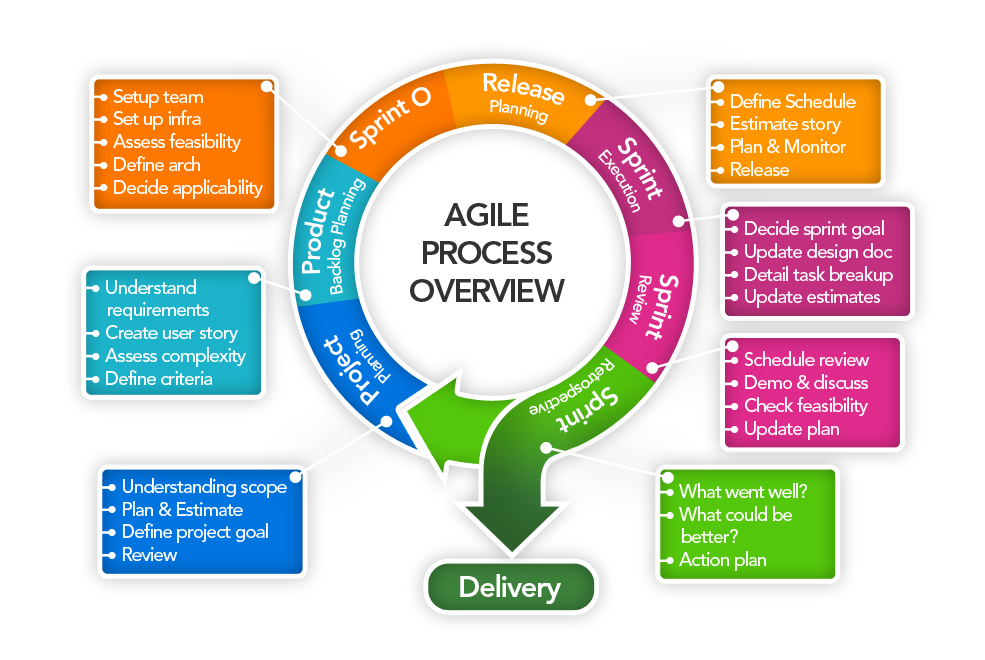Kitchen renovations are house improvement projects that involve reworking or upgrading the kitchen area. These renovations can vary from minor updates to extensive overhauls, depending on the home-owner's goals, finances, and the present condition of the kitchen. Here are https://haley-katz.federatedjournals.com/home-improvement-trends-1717567158 of kitchen renovations:
Goal Definition: The first step in a kitchen renovation is to outline the goals and goals. Are you trying to enhance functionality, replace the fashion, increase the area, or achieve a selected design theme?
Budget Planning: Determine your price range for the renovation. Your finances will guide the scope of the venture and allow you to make decisions regarding supplies, appliances, fixtures, and labor costs.
Design and Layout: The design part includes planning the kitchen format, selecting materials, colors, and types, and making a blueprint for the brand new kitchen. Consider the practicality and aesthetics of the space.
Demolition: In many circumstances, current cabinets, appliances, countertops, and other fixtures have to be eliminated to make method for the new design. Demolition should be done fastidiously to keep away from damage to structural elements.
Cabinetry: Choose and install new cabinetry. Options embrace custom-built or pre-fabricated cupboards. Consider components like fashion, material, storage options, and hardware.
Countertops: Select and set up counter tops, contemplating elements like sturdiness, upkeep, and aesthetic appeal. Popular selections include granite, quartz, marble, and butcher block.
Appliances: Choose and install new kitchen home equipment, including ovens, stoves, refrigerators, dishwashers, microwaves, and ventilation systems. Consider energy effectivity and performance.
Flooring: Install new flooring that enhances the general design and is appropriate for the kitchen environment. Options embrace tile, hardwood, laminate, and vinyl.
Lighting: Proper lighting is crucial in the kitchen. Install activity lighting under cupboards, pendant lights over the island or dining area, and common ambient lighting. Consider https://serrano-mogensen.hubstack.net/custom-cupboards-discuss-with-cupboards-which-are-particularly-designed-and-built-to-meet-the-unique-wants-preferences-and-specifications-of-a-selected-consumer-or-space -efficient fixtures.
Plumbing and Electrical Work: Kitchen renovations typically contain updates to plumbing and electrical techniques, together with relocating sinks, including shops, and making certain proper connections for home equipment.

Sinks and Faucets: Select and set up sinks and faucets which are each practical and aesthetically pleasing. Features like a deep sink, a pull-down faucet, or a farmhouse sink can
improve the kitchen.
Backsplash: Install a backsplash to protect the wall from splashes and to add a decorative component. Tile, glass, or stainless-steel are frequent materials.
Paint and Wall Finishes: Paint the walls or apply wall finishes that complement the general design of the kitchen. Use paint that's easy to wash and immune to moisture and stains.
Ventilation: Proper air flow is important in the kitchen to take away cooking odors and moisture. Install a range hood or exhaust fan if essential.
Final Inspection: Once all the work is accomplished, conduct a last inspection to guarantee that every little thing is as much as code, functional, and aesthetically pleasing.
Kitchen renovations can range broadly in scope and cost, from easy updates like new cabinet hardware and a contemporary coat of paint to full-scale kitchen makeovers involving structural modifications and the set up of high-end appliances and options. It's important to work with experienced contractors, designers, and tradespeople to ensure that the renovation is accomplished to your satisfaction and meets native building codes and rules. Proper planning and communication are important for a successful kitchen renovation..
